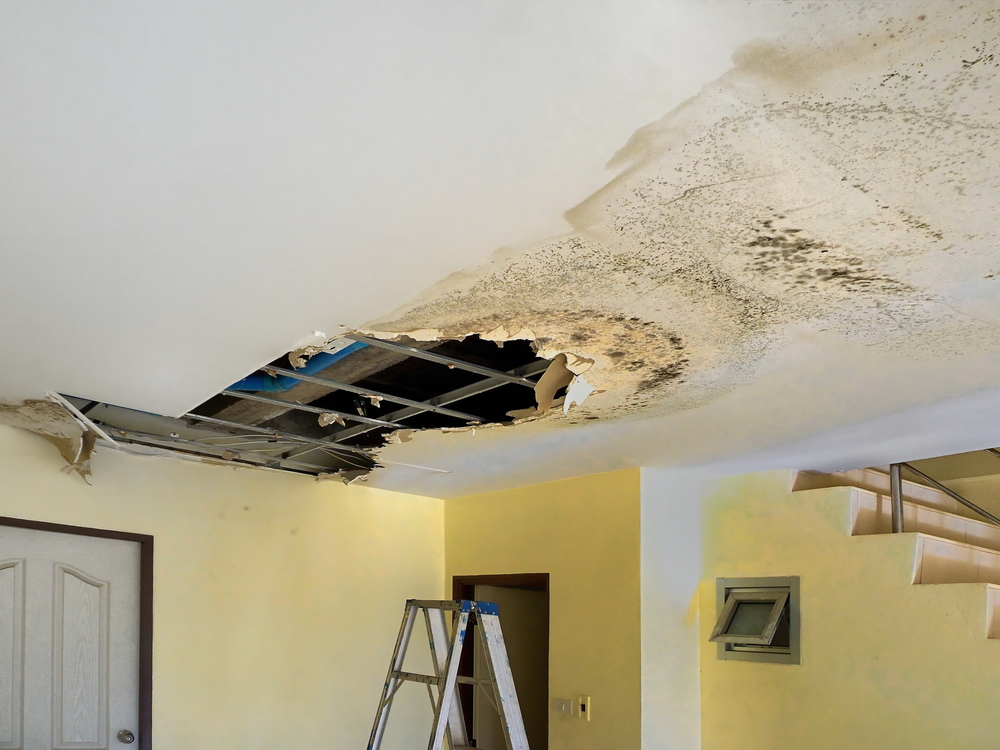This great article below on the subject of Detecting hidden plumbing leaks is truly engaging. You should keep reading.

Early discovery of dripping water lines can alleviate a possible calamity. Some little water leakages may not be noticeable.
1. Analyze the Water Meter
Every home has a water meter. Examining it is a surefire way that helps you find leakages. For starters, turn off all the water resources. Guarantee no one will certainly purge, utilize the faucet, shower, run the washing maker or dishwashing machine. From there, most likely to the meter and watch if it will certainly change. Given that no one is using it, there must be no motions. If it moves, that shows a fast-moving leak. Furthermore, if you discover no changes, wait a hr or 2 as well as examine back once again. This suggests you may have a slow leak that could also be underground.
2. Inspect Water Consumption
If you detect unexpected adjustments, despite your consumption being the same, it suggests that you have leakages in your plumbing system. An unexpected spike in your expense indicates a fast-moving leakage.
A steady boost every month, also with the exact same behaviors, reveals you have a sluggish leakage that's also slowly rising. Call a plumber to thoroughly inspect your residential property, especially if you feel a cozy area on your flooring with piping below.
3. Do a Food Coloring Examination
When it comes to water intake, 30% comes from commodes. If the color somehow infiltrates your dish during that time without flushing, there's a leak between the tank and also bowl.
4. Asses Outside Lines
Do not forget to check your exterior water lines too. Ought to water seep out of the link, you have a loose rubber gasket. One tiny leak can waste bunches of water and spike your water costs.
5. Examine and also Evaluate the Circumstance
Home owners must make it a habit to examine under the sink counters as well as also inside cupboards for any type of bad odor or mold and mildew development. These two red flags show a leak so timely attention is required. Doing regular evaluations, also bi-annually, can conserve you from a major trouble.
Inspect for discolorations and deteriorating as many devices and pipelines have a life expectancy. If you think leaking water lines in your plumbing system, do not wait for it to escalate.
Early detection of leaking water lines can alleviate a prospective catastrophe. Some small water leakages might not be visible. Inspecting it is a proven means that aids you find leaks. One tiny leakage can throw away lots of water and increase your water expense.
If you suspect leaking water lines in your plumbing system, don't wait for it to intensify.
WARNING SIGNS OF WATER LEAKAGE BEHIND THE WALL
PERSISTENT MUSTY ODORS
As water slowly drips from a leaky pipe inside the wall, flooring and sheetrock stay damp and develop an odor similar to wet cardboard. It generates a musty smell that can help you find hidden leaks.
MOLD IN UNUSUAL AREAS
Mold usually grows in wet areas like kitchens, baths and laundry rooms. If you spot the stuff on walls or baseboards in other rooms of the house, it’s a good indicator of undetected water leaks.
STAINS THAT GROW
When mold thrives around a leaky pipe, it sometimes takes hold on the inside surface of the affected wall. A growing stain on otherwise clean sheetrock is often your sign of a hidden plumbing problem.
PEELING OR BUBBLING WALLPAPER / PAINT
This clue is easy to miss in rooms that don’t get much use. When you see wallpaper separating along seams or paint bubbling or flaking off the wall, blame sheetrock that stays wet because of an undetected leak.
BUCKLED CEILINGS AND STAINED FLOORS
If ceilings or floors in bathrooms, kitchens or laundry areas develop structural problems, don’t rule out constant damp inside the walls. Wet sheetrock can affect adjacent framing, flooring and ceilings.
https://www.servicemasterbyzaba.com/blog/how-to-detect-water-leakage-in-walls/

Hopefully you enjoyed reading our post on Finding hidden leaks. Thanks for finding the time to read through our article. Are you aware of another individual who is curious about the topic? Be sure promote it. We appreciate reading our article about Detecting hidden plumbing leaks.